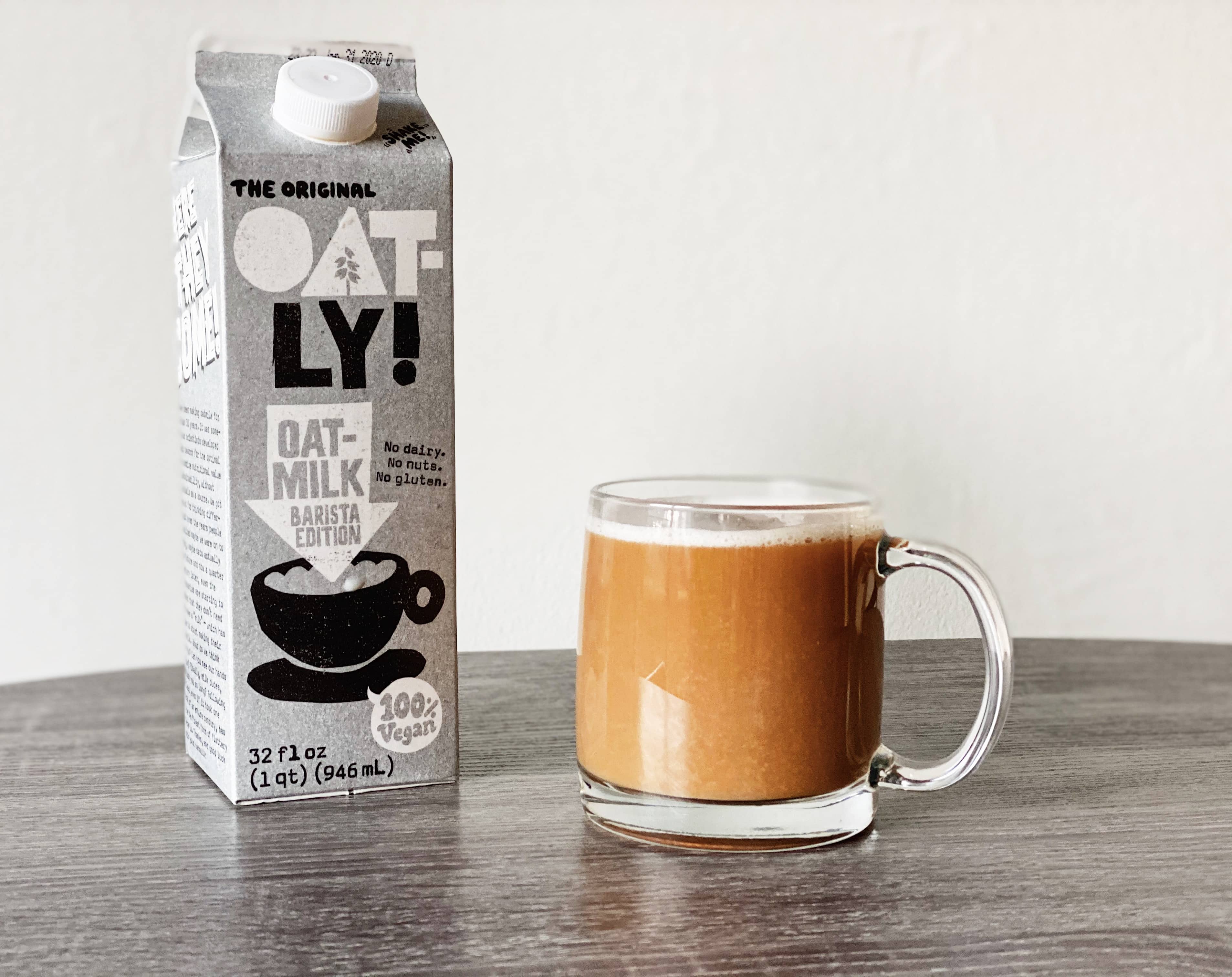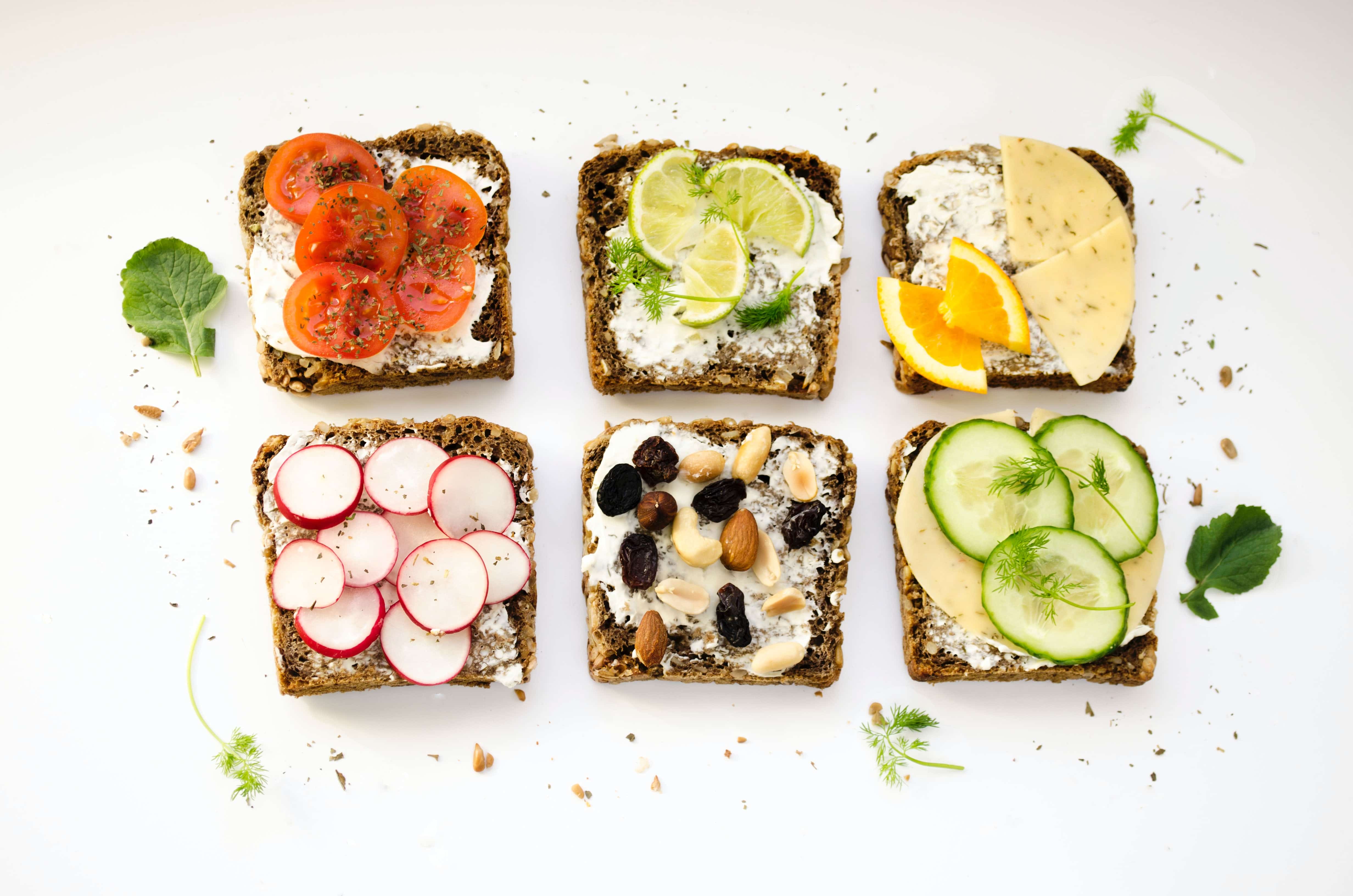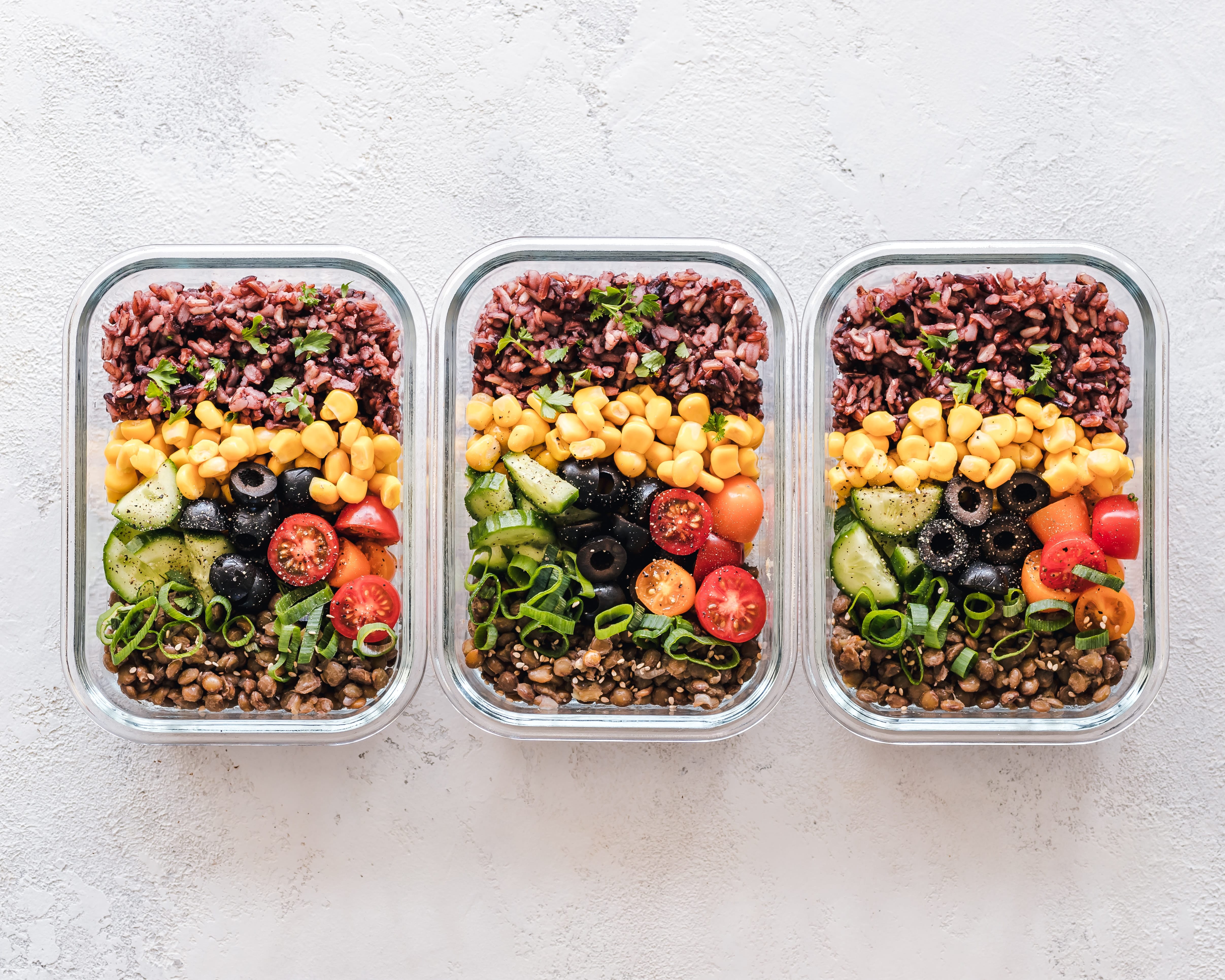Sometimes shopping can turn into some kind of puzzle-solving when we are trying to figure out the meaning of all those markings on the food labels.
Have you ever been confused with the unclear terminologies, too? Do you want to be able to define certain markings from each other?
Then, for help with getting started, see the hints we have prepared below.
Basic Terms Explained
First of all, let’s begin with the major markings that we can meet on any foodstuff package.
Even though they may sound similar, their meaning is slightly different. Being aware of that, you will never discard foodstuff that is still edible again.
Use-by meaning
What is the use-by date? A “use-by” date indicates that a certain product must not be consumed after the indicated date, otherwise, it may be harmful to your health.
Can food be served on the use-by date, people often wonder? Well, we can tell for sure that it is highly recommended to consume the foodstuffs before this date comes since later the products will most likely cause you stomach problems.
Now that you know what use-by means, we hope that use-by date definition won’t become a problem for you anymore.
What does “bbe” mean on food?
BBE means Best Before End which is the same as a simply best-before date. Unlike a common belief, it is not about food safety, it shows the latest date when the foodstuff will be at its peak quality.
How long after the best-before date can we consume food? Usually, it is still edible for several days but everything hangs on a certain type of product.
What does “u” mean in food?
It is not so widespread sign, however, if you see it, be aware that it means the food is kosher. Kosher means that the foodstuff was processed according to the Jewish dietary laws.
Nutrition Information
Nutrition facts are no less important since many of us count calories and the level of fat we consume daily.
Let’s see what information each marking contains.
Energy
It shows the amount of energy one gets after consuming the foodstuff. The average dose of calories for an adult man is about 2.500 whereas a woman requires 2.000 calories per day.
Fat
This marking is about the amount of fat foodstuff carries in general which means both saturated and non-saturated.
It is crucial to intake a balanced dose of fat since the excess mass of the body may lead to various health issues.
Saturates
This sign means saturated fats. These are quite harmful since, when being intaken too much, they can cause heart problems and raise cholesterol.
So try to purchase food without this marking or at least buy it more seldom.
Carbohydrates
Carbs can be complex (starchy food) and simple (added sugars). To remain well, we need complex carbs to receive energy which means that bread, pasta, grains, and other foodstuffs are preferable unlike the sweets.
Sugars

Certain sugars are natural like those that fruits/berries have. Others are added and can be found in desserts and other foodstuffs.
To decrease the teeth ruination and excess weight, cut down the foodstuffs with extra sugars, and eat more natural sweet products.
Protein
Meat, fish, dairy, beans – all of them give us protein that helps our bodies to fix themselves.
Salt
Keeping an eye on the amount of salt we intake can prevent our blood pressure from rising, besides, too much salt often leads to the liquid being unable to evaporate from our bodies which leads to swelling.
Health Claims

Sometimes, we can find various claims put on the foodstuff packets, for instance, “digestion-improving”, etc.
According to law, such markings must be supported by scientific researches and approved by the European Commission.
Also, foodstuff claims are not allowed to tell that a certain product can treat or prevent any illness or health issues.
Lite Or Light

Since this marking is meant to show that a certain foodstuff is less fatty/has fewer calories, you’d better check the contents label since different brands may have an equal dose of fat being one normal and another one light.
No Added Sugar Or Unsweetened

We often mistake these markings for the absence of sugar. Nevertheless, they only show what sweeteners were used for a certain foodstuff.
Now let’s take a closer look at both of them.
No Added Sugar
It shows that no sugar was added as a component. Such a foodstuff can still be sweet and even have sugar (e.g. natural).
Respectively, this marking doesn’t guarantee that the product has a low sugar level.
Unsweetened

This one indicates that no sweetener was added to make the foodstuff taste sweet.
Again, such a food can still contain natural sugars.
[wp-faq-schema title=”Frequently Asked Questions”]
We do hope that this brief summary will be useful for you when you will be doing your shopping next time. Since food labels can be rather confusing, we tried to tell about the basic and most widespread markings that can be met on them. Like this, it will be hopefully simpler to figure out the exact health value of certain foodstuffs.
Take care!

How do I calculate nutritional information? I’m always confused when I need to know how many calories exactly the foodstuff has. Thanks!
To calculate the total amount of calories, you need to put together all the calories provided by the foodstuff which means protein, carbs, fat, and sugar.
Hey! I own a small business, I make healthy desserts but I’m new to this foodstuff thing so I’ve got a huge question. How do I make my own nutrition label? What to start with?
Hey! Well, you’ll have to do quite a lot of work, you know. I’d suggest you watch some youtube tutorials or something since it’s too long time to explain exactly. I guess you’ll have to figure out what serving size your desserts have (their weight), then define the total calories, and other nutrition factors by checking the ingredients you use. My advice: find some free label-maker and don’t fuss, really.
What is the 5% and 20% rule? I heard of it recently but what is it all about? Does anyone know?
Hello! 5/20 rule means that each foodstuff must contain 5% or less of bad components and 20% or more healthy components.
I always have problems with defying how fatty my food is. How do you read fat nutrition labels? Can someone give me a hand?
The amount of fat on a label shows both bad and good fats. Sometimes brands indicate how many of each product has. But except for this, it’s impossible to figure this out yourself.
What does a nutrition label tell you? How to read it correctly?
A nutrition label shows the level of calories the foodstuff has. Also, it shows how fatty the product is, and how many nutrients it contains.
In addition, a list of vitamins/microelements is sometimes provided.
How do you read Nutrition Facts labels easily? How to know for sure how fatty or sweet the product is? Thank you!
Hey!
Start with the actual weight of the packet. Then read the label since it shows the fats, calories, and other stuff calculated per 100 grams. And then just correlate this data to the actual weight of the product.